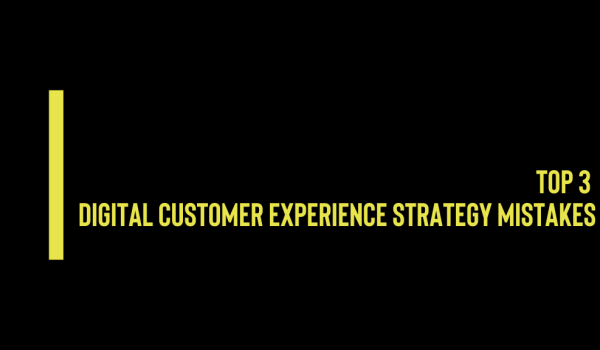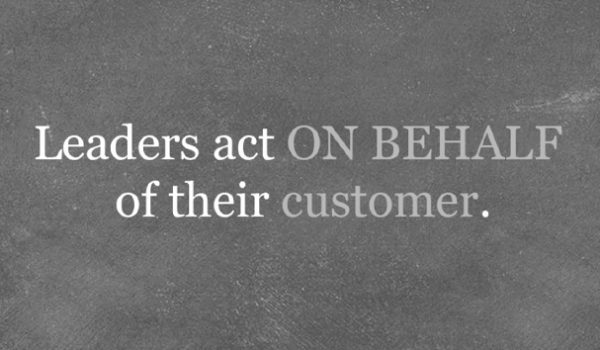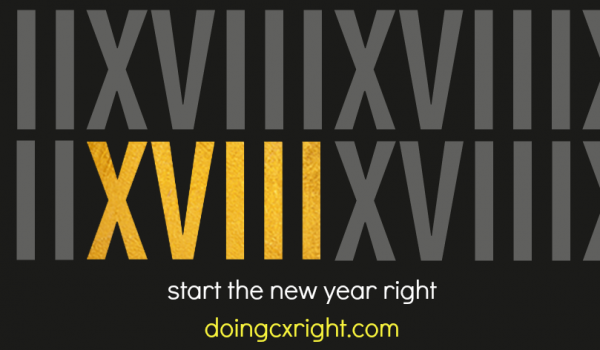
Web Experience is Having a Comeback
In the third quarter of 2020 US e-commerce sales went up 36.7% compared with the same period in 2019. Websites have come back to center stage. However, we are not seeing an equivalent shift in web experience that matches the shift in today’s consumer behavior.
Retailers are leaving money on the table. Airports continue to speak to passengers using the CDC tone of voice by pasting carbon copies of healthcare guidelines. And healthcare web experience continues to confuse patients. Clearly, websites are not following the principles of customer experience design.
Human Centered Web Experience Starts with Messaging
Last year, we hosted a webinar for US airports. Together, we discussed the importance of passenger centered communication. Specifically, we advocated for an outside-in approach of using airport websites to provide relevant, actionable information bites tailored to the passenger’s journey.
When we audited the websites of major US airports, we found most of them limit their communications practice to a COVID banner. In fact, that banner leads to non-actionable, regulatory information. If the travel industry wants to encourage travel in 2021, we must change the brand voice of all digital tools. It is a delicate balance to stay within regulatory guidelines, provide necessary information, and communicate with passengers in a human-centered voice. But it is imperative we reassess the current language that makes up web experience, and do better.
Defining the Next Decade of Web Experience
Recently, Accenture published a 2021 trends report that will define the next decade of experiences. The report discusses the collective displacement that took place in 2020 and how it impacted consumer habits.
Based on this, Accenture predicts shopping will atomize “into many micro moments spread throughout the day and across devices.” For retailers, this atomization means responsive design is now a must. Investment in responsive design always competes with investment in new apps. Yet, if this prediction holds true, you must look directly at the web experience and prioritize responsive web design as part of your overall brand experience.
The Accenture report also notes retailers need to “replicate or replace physical touch using digital. In some cases, investing in detailed copy will help give people what they need to make a decision.” And we are back to copy. Why is copy so important? If you think about in-person hospitality, so much of it boils down to having an informative, pleasant conversation. With the switch of channels, you need to find the digital version of that interaction. And website copy is the effective tool to do that. In 2021 go back to basics and redesign your website to almost be a human that speaks to your consumer.
Do Not Forget Load Time
Since we are going back to basics, we have to take a look at website speed. Goals for improving website speed remain unattainable for many, if not most, brands. According to Google Analytics, 53% of consumers ABANDON a site if it takes longer than 3 seconds to load. Yet, it takes an average of 12 seconds for a mobile web page to load in 3G.
That means we have a long way to go in terms of speed optimization for our customers’ website experience. If there is one channel where consumers expect fast experience, it is mobile. Yet, we continue to fail them.
I do realize that at the enterprise level, web speed goals may be with business partners or IT engineers, but think about the insight here. Half your consumers do not even BEGIN their online journey with your brand, because of web speed. That means you are losing on the ROI of ALL your projects and investments online. This is what I call a low hanging fruit. Add improving speed to your digital roadmap. And do something about it in 2021. The beauty of such an investment is that you can measure the impact very easily.
Resolve Checkout Issues
Another old problem that continues to plague our web experiences is the seamlessness of checkout. There are many ways to design frictionless digital checkout experiences. For instance, if you are not saving consumers’ credit card information in their profile and reusing it on their 2nd purchase, you are stuck in the 90s (like most retail websites in Bulgaria).
This is just the beginning. If you are an apparel retailer, you can apply AI at a designated touchpoint of the checkout experience. Suggest matching items to create outfits at the last minute, or shoes to go with the dress already in the shopping card. Some brands do this. And I must admit, as a shopper, I often follow the site’s suggestions! Others miss out on this upsell opportunity.
Gather Customer Feedback – The Right Way
At checkout, a customer feedback survey is the best addition. The key is to have no more than 5 questions. Make it fast. A 3 minute experience. And TELL the consumer upfront that you will not make him/her spend 15 minutes rating every aspect of your digital experience. Instead, create a digital experience strategy with a vision statement that clearly states what experience YOU aim to deliver.
Then, derive the three characteristics of your ideal digital experience, and ask consumers for those. I understand the business need for detailed feedback. However, make sure you ask for that type of feedback on a per project basis.
Understand User Experience Conventions
In his article 8 Simple Tactics to Improve Your Website’s User Experience, Akshay Dhiman talks about the importance of following conventions in designing user experience. What he calls conventions are the habitual things a visitor to your website looks for. This includes simple expectations like seeing your logo on the top left of the screen, or accessing a search feature in the header.
It still amazes me how many websites have main navigation menus that CONFUSE the end user and fail to take the user where they need to go. This is particularly prevalent in associations and non-profit websites. Your website is not supposed to have all the information you have collected in the last 20+ years. It is a channel to communicate with your engaged visitor, and to inform him/her of the products and services you have in an easy, accessible way.
What do I mean by accessible? You want to make your information easy to absorb. Do not say everything that could possibly be said about your brand in your website copy. Summarize, elevate the message, and synthesize the results. This is the best practice that will lead your web visitor on a digital journey. I do realize that we are back to copy (and more work!). But those who understand the dependency of web copy and customer experience fundamentals will win the digital experience race that COVID accelerated.
Regardless of your industry, do not undermine the importance of your web experience. In the future, its importance will continue to grow. Use your imagination to leverage it in new ways.
This article is the 7th in a series of 2021 Customer Experience Trends and Tactics.
















































































